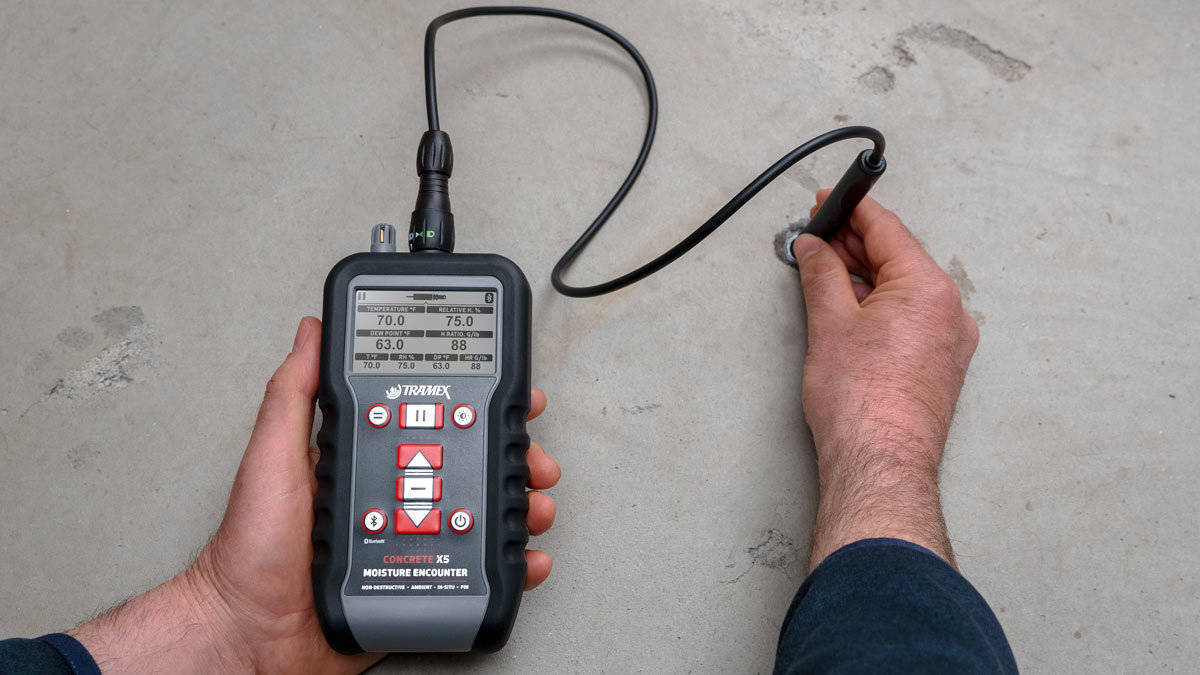
The ‘Standard Test Method for Determining Relative Humidity in Concrete Floor Slabs Using in situ Probes’ was revised In February 2018, reducing the waiting time from 72 hours to 24 hours. This is a welcome development as accurate results can be attained in a shorter time. When standards are revised, it is a good time to make sure we are up to date and following the procedure to best practice.
The ASTM F2170 Procedure
While the waiting time has changed from 72 to 24 hours, the procedure from F2170 − 18, has not changed significantly over the years. The basics remain the same, and for good reason. In general we can’t be expected to know all the details of a standard, even if we use it on a regular basis, but a detailed knowledge of the step by step basics of the procedure are a minimum requirement for anyone carrying out the test.
Essentially, the instructions guide us to:
- Insert the hole liner pushing it down to the bottom of hole. Then place a cap on or seal the open end of hole liner, as indicated by the manufacturer’s instructions.
- Allow 24 hours for the airspace to achieve moisture equilibrium within the hole before making relative humidity measurements.
F2170 goes on to instruct us to:
- Insert the RH probe having removed the rubber stopper, cap and/or seal at the top of the liner.
Why Wait 24 Hours before taking a Relative Humidity Reading?
As said, there is good reason why this exact standard methodology is used. It is explained by Goran Hedenblad from Lund University in his study “Drying of Construction Water In Concrete”. Hedenblad states that the waiting time is to overcome the effects of drilling the concrete has on the conditions within the hole created for the test.
If we drill a hole and place a probe immediately, we need to ask ourselves if we are really following the standard and whether we are actually getting meaningful results, or are these results indeed affected by drilling? It is essential that anyone doing the F2170 test follows the standard and allows for that 24 hours to pass before inserting the probe and making final relative humidity measurements.
If you don’t have a copy of the ASTM F2170 standard, check it out and read up on the procedure, especially if you are performing this test on a regular basis.The Standard is available at ASTM.ORG.
By Ronan Carrigy, Marketing Manager, Tramex Meters